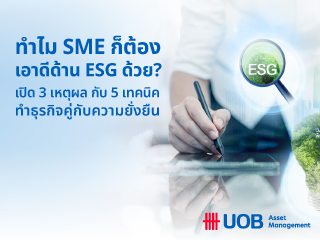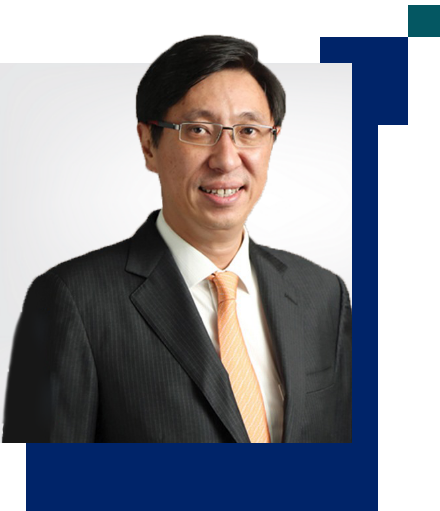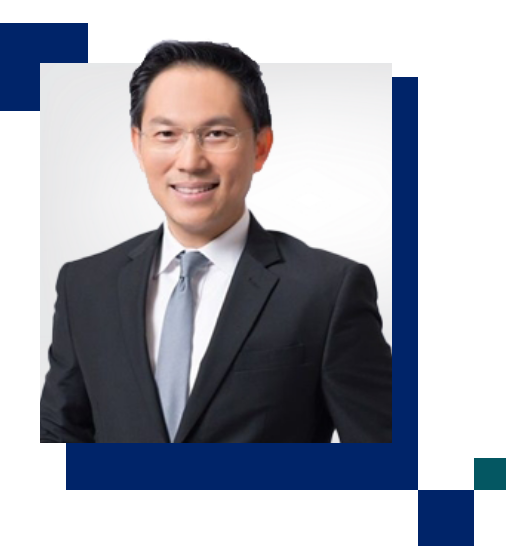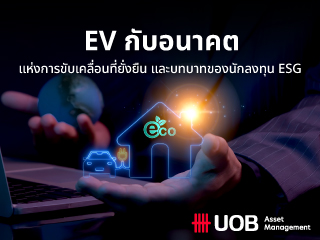
EV The future of sustainable mobility towards clean energy technology
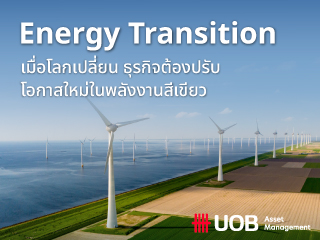
Energy Transition when the world changes, business must adjust, new opportunities in green energy
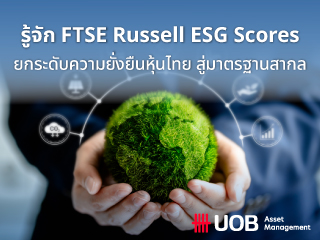
Get to know the FTSE Russell ESG Scores to improve sustainability, thai stocks to international standards.
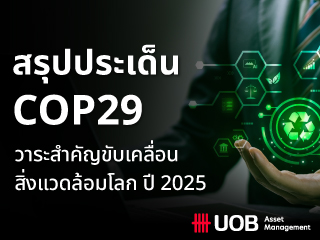
Summary of COP29 issues, important agenda to drive the global environment in 2025
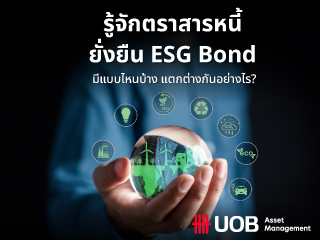
Get to know sustainable debt instruments ESG Bond. How are they different?
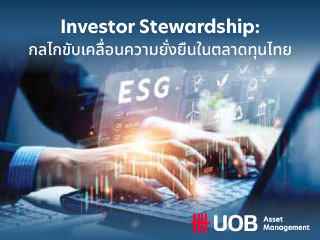
Investor Stewardship: A mechanism for driving sustainability in the Thai capital market.
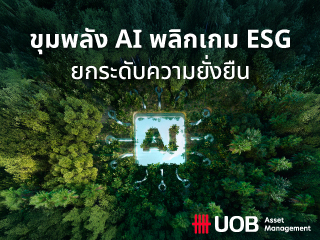
The power of AI changes the ESG game and raises the level of sustainability.
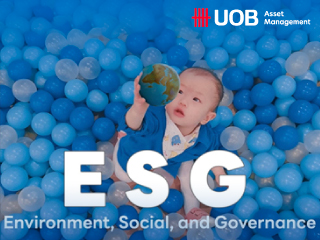
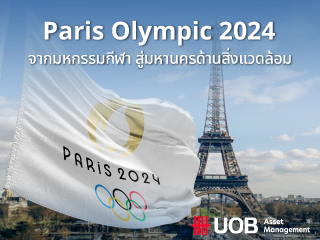
Paris Olympic 2024 from sports festival to metropolis environmental aspect
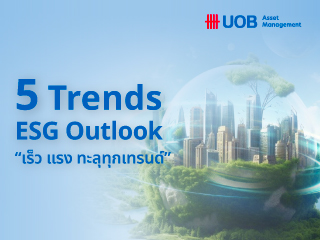
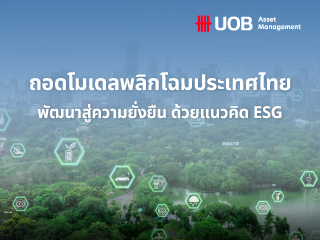
Unpacking the model that transformed Thailand Develop towards sustainability with ESG concepts.
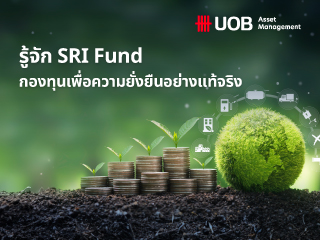
Get to know SRI Fund, a fund for sustainability.
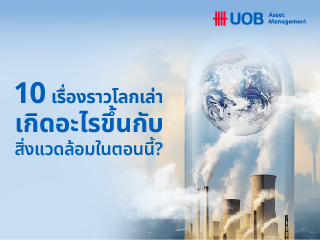
10 stories the world tells what is happening to the environment right now?
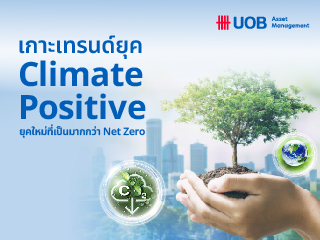
Following the trends of Climate Positive era, a new era that is more than Net Zero.
